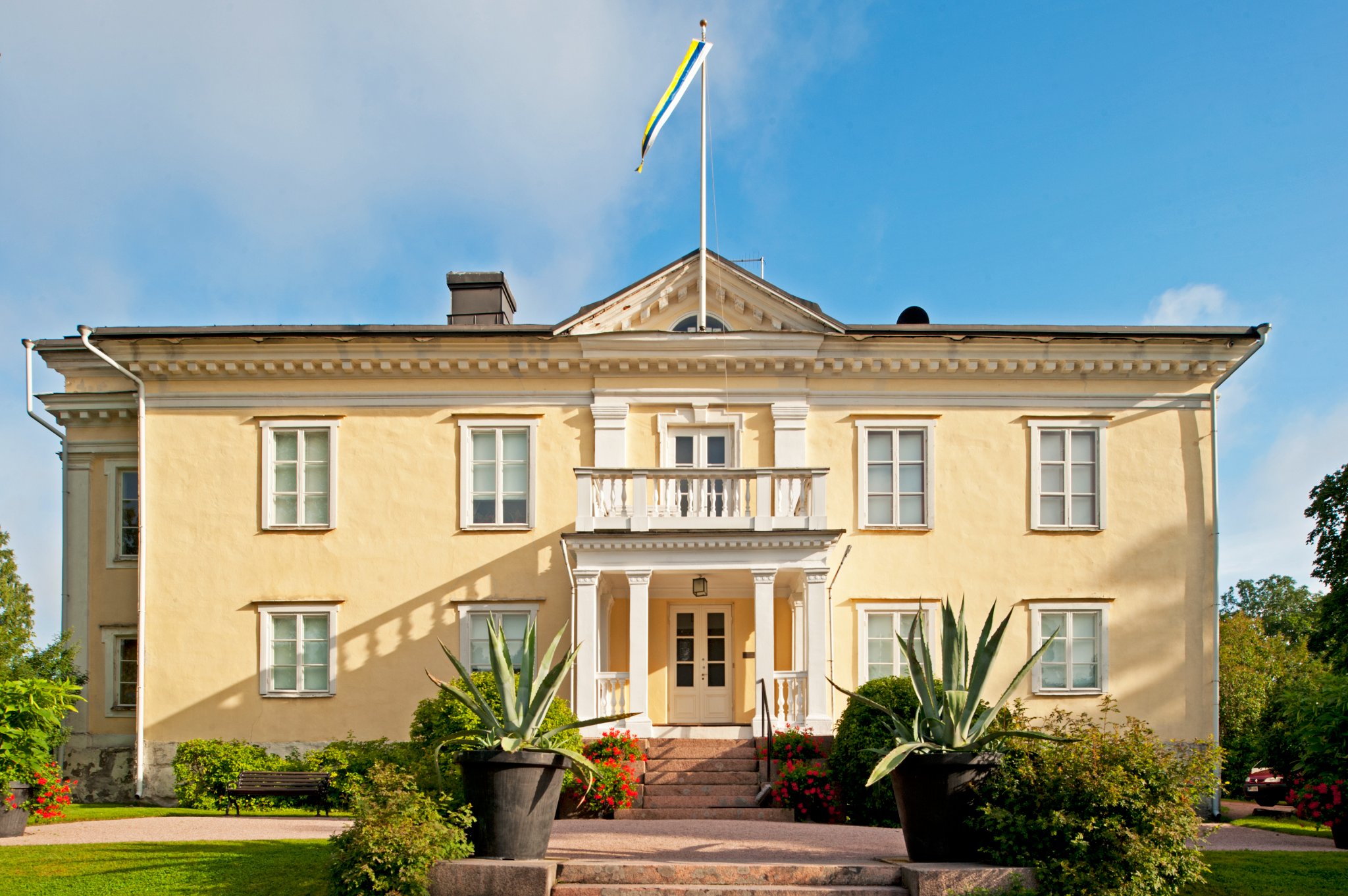Herttoniemi Manor Museum
Herttoniemi Manor, its estate and adjoining buildings have a colourful history. Over the years the estate has gone through all the typical stages of development, which mark the history of manors in general. In the Middle Ages several allodium estates were located in the Manor area.
In the 16th century Herttoniemi village comprised of four allodium estates. Together with the Båtsvik domain they were integrated into one big manor of approximately 800 hectares. Augustin Ehrensvärd, the famed builder of the fortification of Suomenlinna, purchased the Manor in 1752. Later he established brickworks in Tammisalo in order to provide building material for the fortification. Ten years later a porcelain factory was set up in Herttoniemi with Ehrensvärd and merchant Johan Sederholm among its co-owners.
In 1810s, the new owner, admiral Carl Olof Cronstedt, converted the porcelain factory into living quarters (the main building) according to plans drawn up by Pehr Granstedt. An additional storey was built on to the building, which was then covered with a low saddle roof. The midsection of the facade is marked by two sturdy pilasters and crowned with a tympanum and a semicircle window. In the 1880s, a balcony was added to the northern façade, a terrace with pillars to the southern façade as well as a narrow staircase to the western gable.
The descendants of Cronstedt sold the Manor in 1859 to C.G. Bergbom, a county treasurer from Oulu. His heirs in turn sold a major part of the estate’s land property in 1916. After the death of the last proprietor of the estate Johan Bergbom in 1917, the main building and the remaining land property were donated to the association Svenska Odlingens Vänner i Helsinge. Herttoniemi Manor has housed a museum since 1925.
In the early 1920s the Finnish film industry discovered the stunning estate with its exquisite park. The Manor has served as the scenic backdrop for several films.


